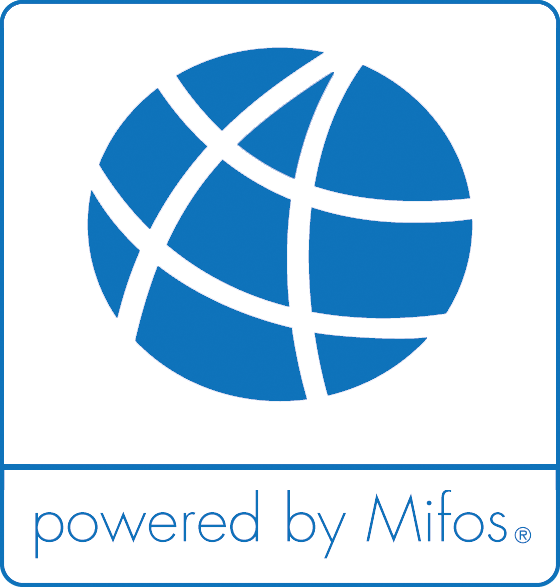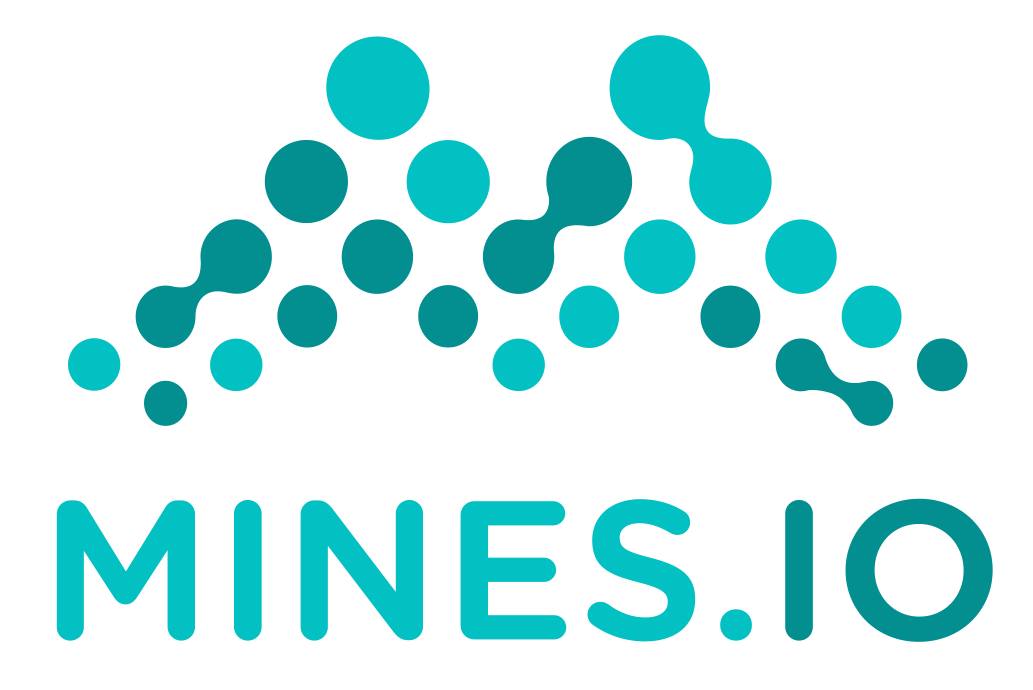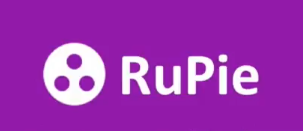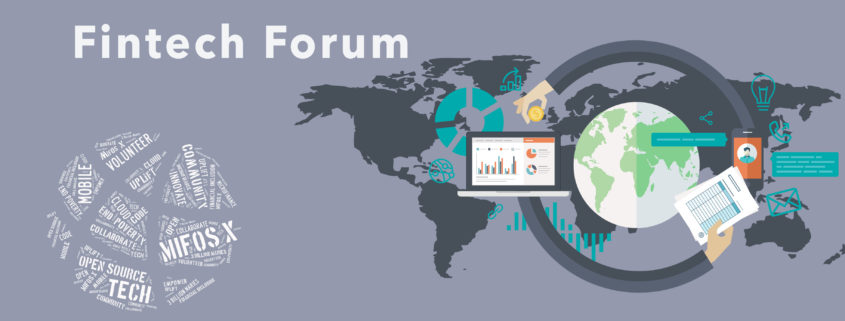Fintech Forum: Digital Credit
Digital credit is the next great frontier for financial inclusion as mobile money coupled with big data analytics is offering unprecedented access to credit.
This round of the Fintech Forum looks at three recent articles that herald the scale, potential, and impact of digital credit but caution against the risks it poses to the consumer as well as the risk of unfettered growth leading us to another credit crisis and looming bubble.
There are numerous opportunities to leverage open standards and open platforms to enable more tailored product innovation, greater access and control of data to consumers, as well as better transparency. Already, a number of innovative fintech companies like Mines.io and RuPie are heeding our motto of Build Apps, Not Infrastructure using Mifos X and Apache Fineract as the banking core to power their digital credit solutions.
CGAP recently put out an in-depth focus note titled Consumer Protection in Digital Credit highlighting digital credit and the serious concerns about consumer protection:
“Digital credit is also promising from a financial inclusion perspective, given the low access to formal credit by low-income consumers in most developing countries and the limitations of informal and semi-formal options. Yet the very attributes of digital credit—instant, automated, and remote— create consumer protection risks that are distinct from those of more traditional consumer and microenterprise credit models”
CGAP highlights not just the concerns with digital credit but also calls out the innovative new approaches some companies are taking to consumer protection for digital credit such as better transparency of costs by Jumo, improved educational content delivered via SMS from M-Pawa, access to and control of digital credit history through M-Kopa, and proper framing and timing of repayment messages at both Jumo and Pesa Zetu.
Read the summary on the CGAP Technology blog or download the full focus note to learn more.
In a LinkedIn post titled Digital Credit – Have We Not Been Here Before With Microfinance?, Graham Wright from MicroSave expresses his fear that microfinance has not learned its lesson and is getting into a credit crisis all over again. He sees the same warning signs and parallels including
-
-
- Insufficient emphasis on savings,
- Loan amounts too small to make a real difference,
- Reliance on repayment behaviour,
- Drop out patterns,
- Multiple borrowing to get a useful sum,
- One loan used to settle another and
- Rising delinquency.
-
Nonetheless he believes digital credit still has great potential if only a few tweaks to the model are employed.
“It may be that digital credit providers will need to start to learn from the lessons of microcredit organisations and introduce a personal touch into the process”
In another article from CGAP examining its consumer protection focus note, it identifies the opportunity to improve product diversity through data sharing.
“Digital credit began as a relatively siloed ecosystem with limited product diversity, but it does not need to stay that way. A more open, consumer-friendly data environment should benefit consumer welfare, competition and providers’ risk management strategies.”
The article focuses on a number of downsides including the products being quite basic, not going beyond short-term high cost unsecured loans and with limited ability to share data across channels, the lack of borrower segmentation and offering of more tailored products. Data too is often unreliable and most importantly consumers don’t have the access to and control of their data. Numerous studies have shown that once consumers are allowed to not only view but also respond to the accuracy of their credit history, they are more engaged and repayment behavior improves.
“Going forward, there should be a more open and consumer-led data-sharing environment for digital credit and other financial services, such as data portability standards that allow consumers to easily access and share their financial histories across providers.”
CGAP outlines five near-term solutions that could be taken to remedy these. Apache Fineract is already making strides in this direction; its credit bureau integration module will help with the two goals of expanding credit bureau coverage and increasing the frequency of reporting digital loan data. Likewise the Apache Fineract Self-Service APIs will make it easier for consumers to access their digital credit data.
 Build Apps Not Infrastructure
Build Apps Not Infrastructure
We firmly believe our open source core banking infrastructure not only provides robust tools to enable greater transparency, greater insight, and greater data sharing. It also allows fintech startups and digital credit providers to focus on innovation and identifying and discovering the trends to make their products and service better, adequately monitor risk and further protect the consumer.
Powered by Mifos X
Across the Mifos community, a number of Fintech Startups have solutions powered by Mifos. By using Mifos X as their core banking system, they’re able to focus on delivering an optimal user experience, designing incentives, improving analytics – all types of innovation that increase consumer protection:
 Mines.io – By using Mifos X to manage the state of the client and the life-cycle of the loan, their team has been able to focus on refining its algorithms to better manage risk and debt exposure of its consumers.
Mines.io – By using Mifos X to manage the state of the client and the life-cycle of the loan, their team has been able to focus on refining its algorithms to better manage risk and debt exposure of its consumers.
 RuPie – RuPie too, by leveraging Mifos X as its core financial services engine, is able to focus on improving its data analytics but also to refine the user experience of the consumer through their smartphone app and define incentives and tailor loan products to meet the needs of Indian urban working poor.
RuPie – RuPie too, by leveraging Mifos X as its core financial services engine, is able to focus on improving its data analytics but also to refine the user experience of the consumer through their smartphone app and define incentives and tailor loan products to meet the needs of Indian urban working poor.
Interested in Innovating on Top of Mifos X
Explore these resources if you’re seeking to build or scale a digital credit solution.
Carry the Discussion Onward
Let us know in the comments or on social media your thoughts on the following:









